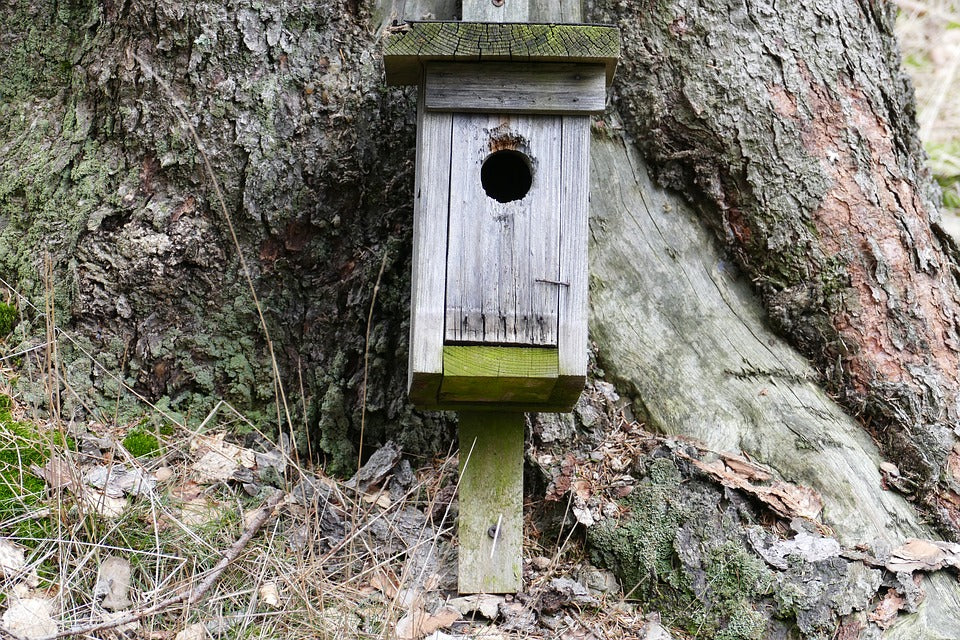Offer
Provide additional details about the offer you're running.
Provide additional details about the offer you're running.
Provide additional details about the offer you're running.

It’s an exciting time, and despite the inconsistent weather we have been experiencing here in eastern Ontario, spring migration is underway and is actually slightly ahead of schedule.
As we roll through the month of April, it’s a perfect time to set up nesting boxes or to get out and take the necessary steps to get your current nesting boxes in tip-top shape for the upcoming nesting season.
While there are a variety of different nesting boxes we carry in-store, the following applies to most every nesting box available. From eastern bluebird houses to wood duck boxes to American kestrel nesting boxes we have a box perfectly designed for many cavity-nesting species.
Clean Up Your Boxes
Most nesting boxes are designed to easily be opened up for proper maintenance and annual cleaning and this is the perfect time of the year to do so. Simply open up the nesting box using the hinged panel or roof (however the box is equipped) and remove any old nesting material and other debris for disposal.
Placement
Whether you are purchasing a new nesting box or thinking about relocating an existing box, placement can oftentimes make or break the success of attracting nesting birds. Make sure the box is easily accessible, is in an inviting location and is located close to appropriate cover. Many bird species can be quite selective of a nesting location based on how safe they will feel raising their young in that particular location. You will also want to ensure the box is not easily accessible by predators such as house cats, snakes, and rodents.
Entrances
Once again, this applies to purchasing a new nesting box or checking on the condition of an existing box. We love the natural knot cavities found in timber and often utilize these knot holes as entrance holes to wood boxed when possible, acting as a natural extension of the wood. If your existing nesting box has successfully been a nesting site for a year or two, you will likely notice wear and tear on the entrance hole from the heavy traffic in and out of the box. Be sure to either replace the panel, where possible or install a cover plate. Both solutions will add years of life to your nesting box and can deter predators.
High Quality Blend